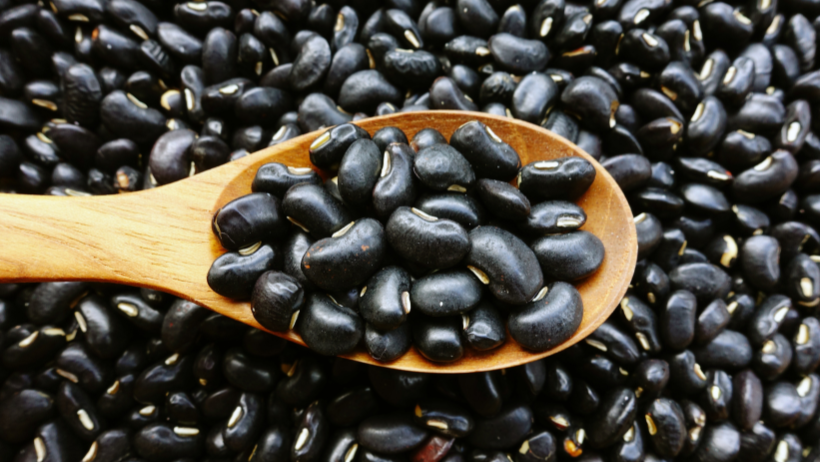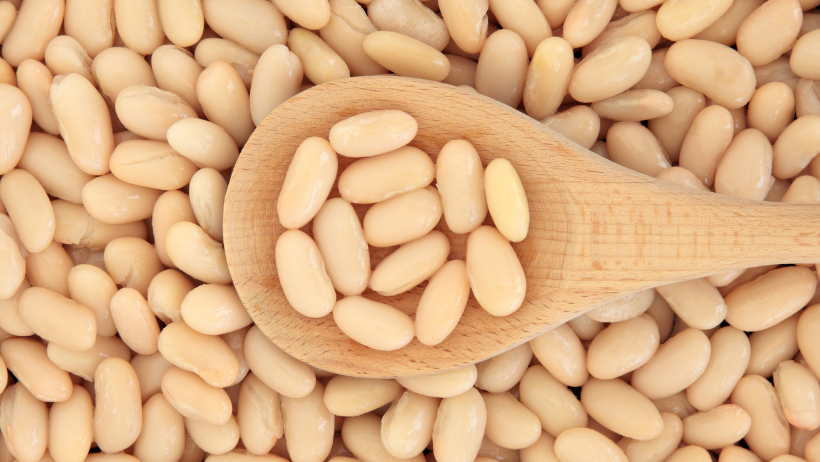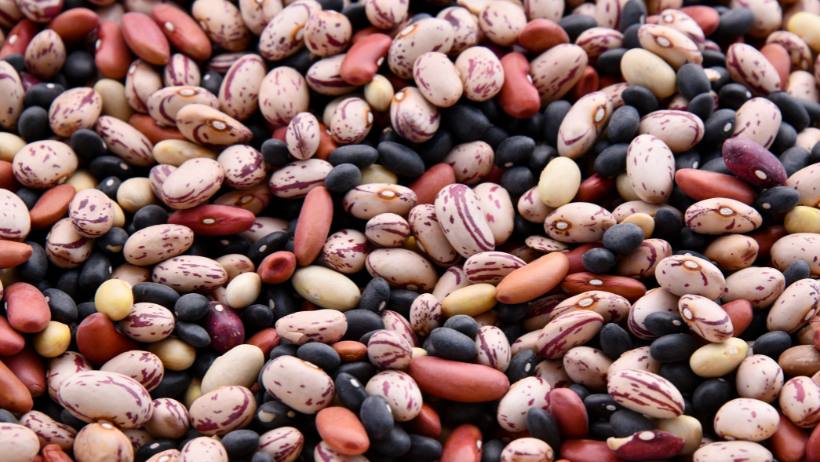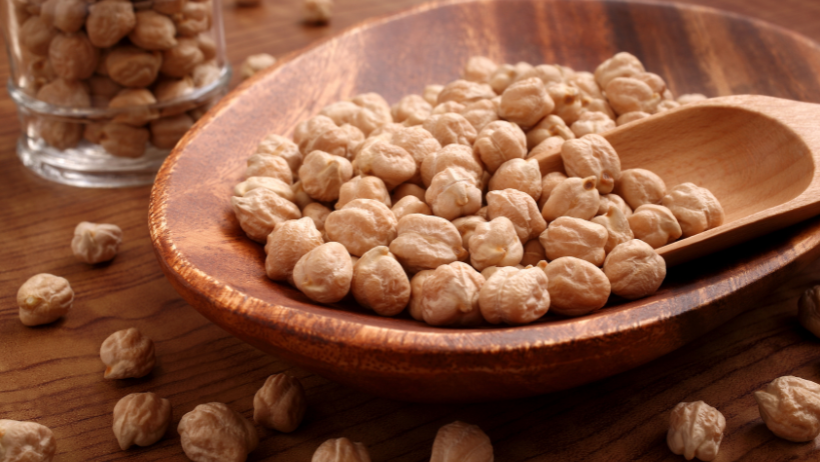How to Cook the Perfect Pot of Beans
The humble bean
Packed with protein and fiber, rich in vitamins and minerals and widely available and affordable, beans are an important part of any balanced diet centered on whole foods. The top three complaints I hear about beans is that they are too bland, too mushy or cause tummy troubles. These are all easily avoided with proper cooking.
The first step to successful beans is soaking them. Beans need to be soaked overnight, or up to 24 hours in advance, then drained and thoroughly rinsed. Soak your beans with a 1-inch strip of kombu or a couple of bay leaves to help your beans break down and release trapped gasses. I prefer to use kombu, as it also mineralizes your beans.
When you’re ready to cook, transfer the beans to a large stock pot. Cover the beans with cold water by about an inch or two. Add salt (for 500g beans, use about 1 tablespoon kosher salt or 1.5 teaspoons fine sea salt) and keep the kombu or bay leaves in the pot while cooking. Some chefs recommend adding the salt at the end, as salt can prevent the beans from tenderizing. However, I find adding salt early makes for deliciously flavorful beans with an even more delicious broth.
Bring your beans to a boil, and let boil for about 5 minutes. Skim off and discard any foam that rises to the top. Reduce the heat to a simmer and cook the beans until tender. Keep an eye on the water level while the beans cook, ensuring that they stay covered and topping off if the water level dips too low. The exact time will depend on the type of bean, the age of the bean, the hardness of the water, and other cooking factors.
Here is a general guideline for common bean cooking times:
40-50 minutes: adzuki beans, black beans
40-90 minutes: cannellini beans
60-90 minutes: kidney beans, pinto beans
1-2 hours: garbanzo beans
You’ll know the beans are done when they look plump and the texture is creamy with a tender bite. You should be able to smash a bean gently between your fingers. Now your beans are ready to be enjoyed! Cooked beans can go into other dishes such as dips, stews or marinated bean salads or can be stored for future use. Beans should be cooled completely before storing in an airtight container and will keep in the fridge for 4-6 days and in the freezer for up to 3 months.
Spring Cleaning: 3 Ways to Lighten Up (No Cleanse Required!
As we transition from winter to spring, it’s natural for our bodies to crave alignment with this seasonal shift. We’re moving from hibernation mode, where our focus is on staying safe and warm, to slowly shedding winter layers as we move towards the season of rebirth. As the weather warms, the days grow longer and the natural world begins to bloom, we may notice shifts in our skin, joints, energy levels, appetite and food cravings. Yearning for a feeling of lightness this time of year is completely normal, and can easily be facilitated by diet and lifestyle shifts.
Cleanses and detoxification programs have become increasingly popular avenues for navigating these types of transitions, promising weight loss, a reset and a new you. There is certainly a time and place for cleansing, and this is a great conversation to have with your nutritionist or health care team if it’s of interest to you. A spoiler on the promise of detoxification – our bodies are always detoxing. That’s part of a healthy, well-functioning digestive system. A more holistic way to approach this topic is to gently support daily detoxification, digestion and elimination, which has a profound effect on our vitality and well-being.
Here are three of my favorite ways to support detoxification and lighten up through real, clean whole food nutrition:
Get bitter. The bitter taste is largely missing from most American palates. Bitter greens and herbs help to stimulate bile and digestive enzymes, support a healthy gut microbiome, ensure optimal digestive functioning and balance sugar cravings. Enjoy bitter greens (e.g., arugula, dandelion, radicchio, watercress) in salads, smoothies and juices. You can also take digestive bitters, which are made from bitter herbs like dandelion, burdock and gentian, before meals.
Increase fiber. Adequate dietary fiber is absolutely crucial for foundational health. Fiber supports healthy stool formation and motility and serves as food for the good bacteria in our gut. It also supports feelings of fullness, which can aid in weight loss and decreasing food cravings. So how much fiber do you need? About 30-38g for adult men and 25-35g for adult women. If your fiber consumption is on the low end, build up slowly by gradually increasing your intake of fiber rich foods, such as dark leafy greens, nuts, seeds, legumes and oats.
Incorporate soups, smoothies and juices. These are blank canvases for a broad spectrum of colorful fruits and veggies, fiber-rich nuts and seeds, and healthy fats. Due to the liquid nature, our digestive systems don’t have to work quite so hard, thus allowing nutrients to be more easily absorbed and assimilated. Adding in one soup, smoothie or juice each day is a great way to provide our bodies with highly nutritious, easy to digest meals and to support balanced energy levels, a clear mind and feelings of lightness.
Keep in mind that adequate hydration and regular movement are also essential for supporting our natural detoxification pathways. If you’d like to explore more personalized options for supporting digestion and detoxification, email healthcoach@ellwoodthompsons.com to set up a free 30-minute virtual nutrition counseling session.






